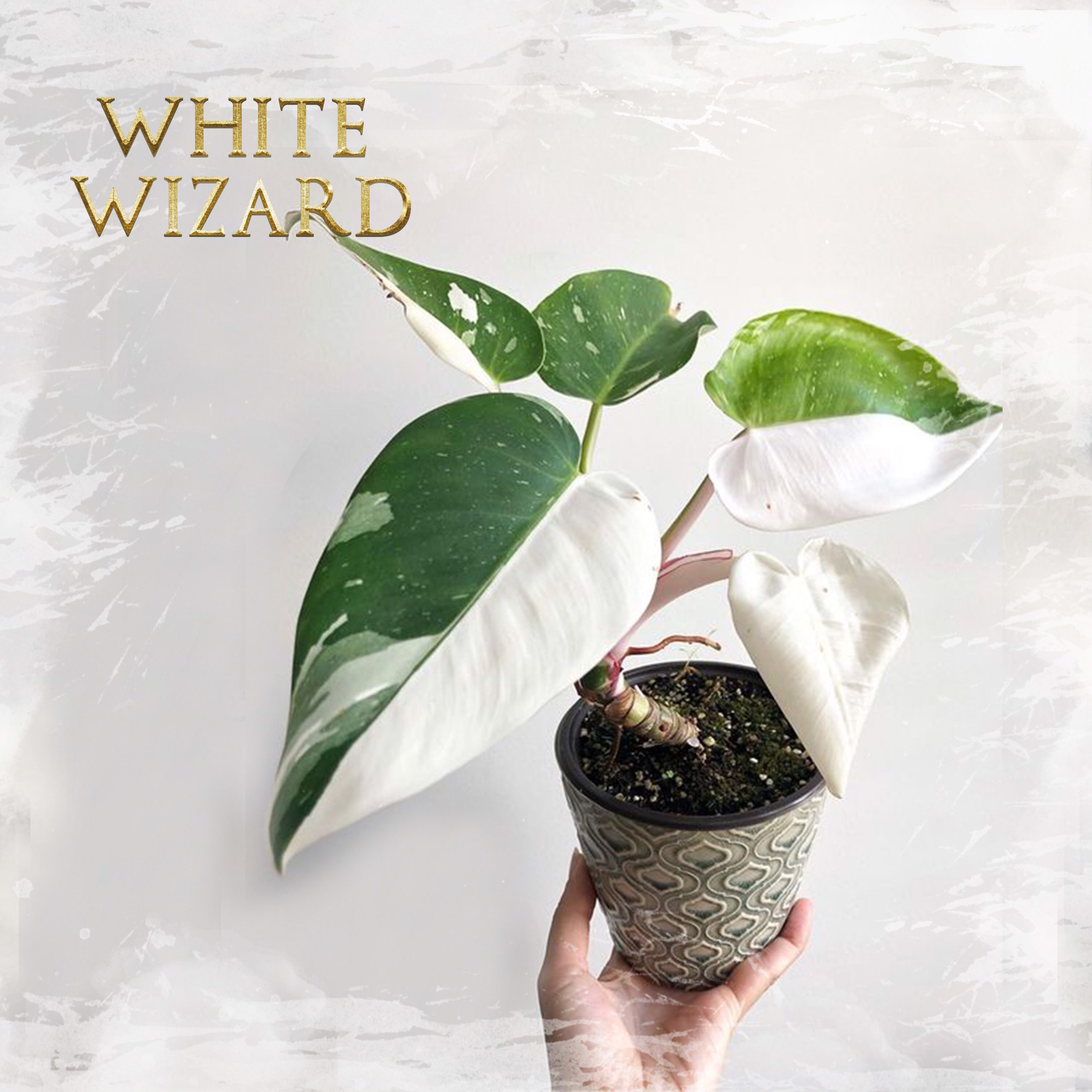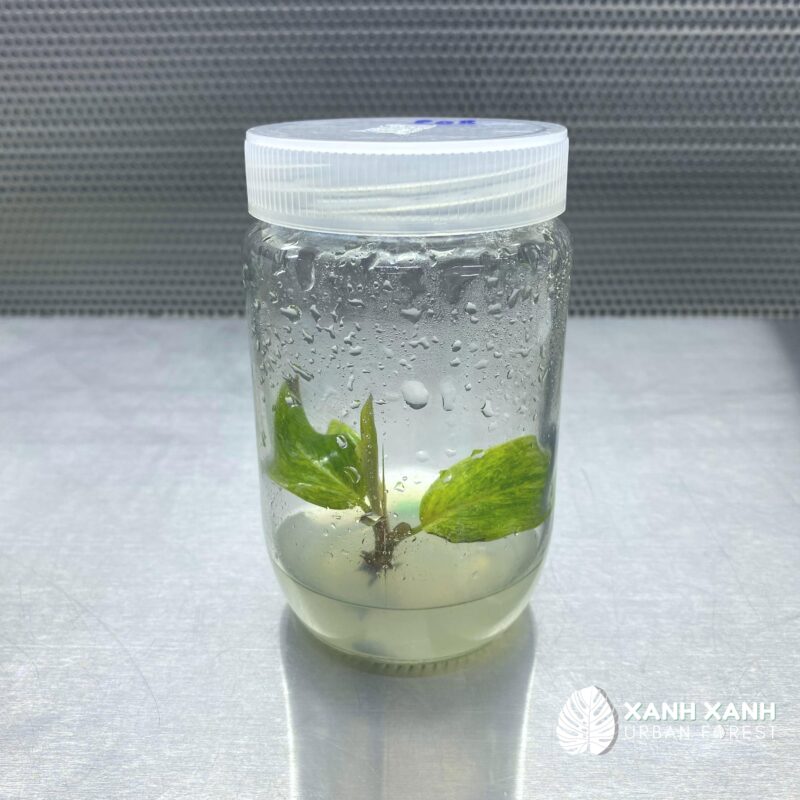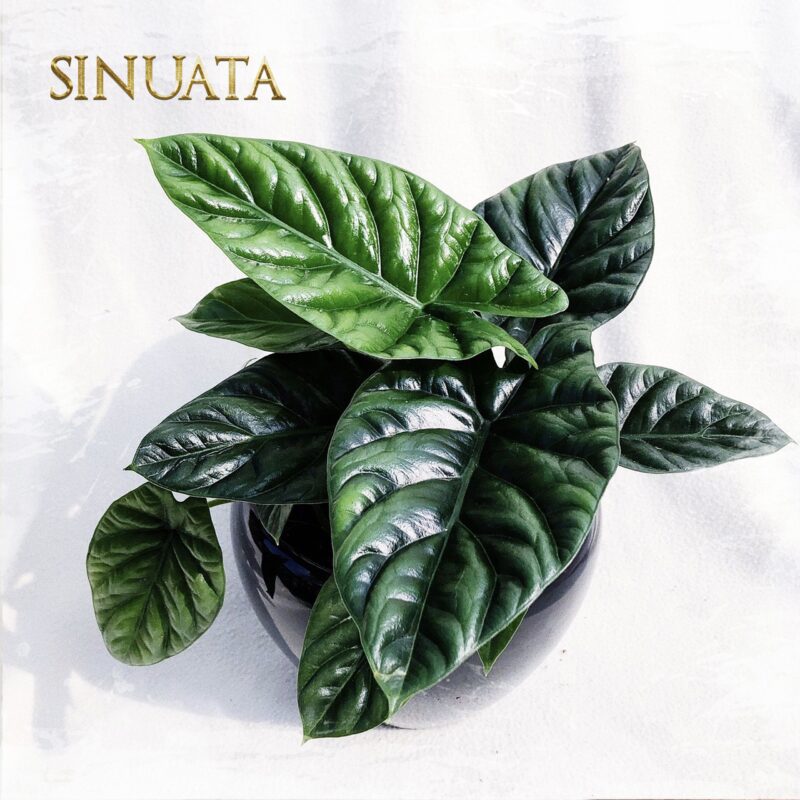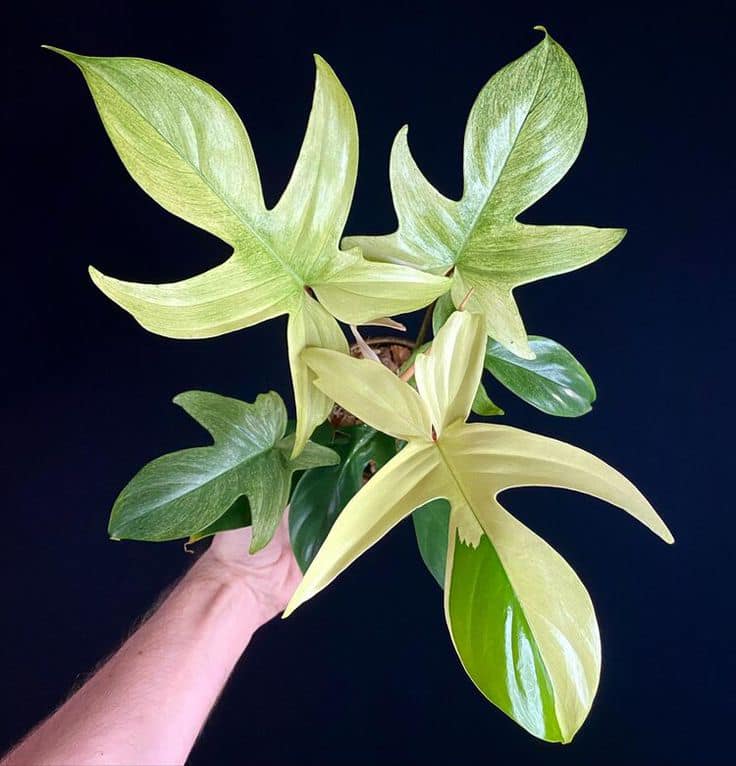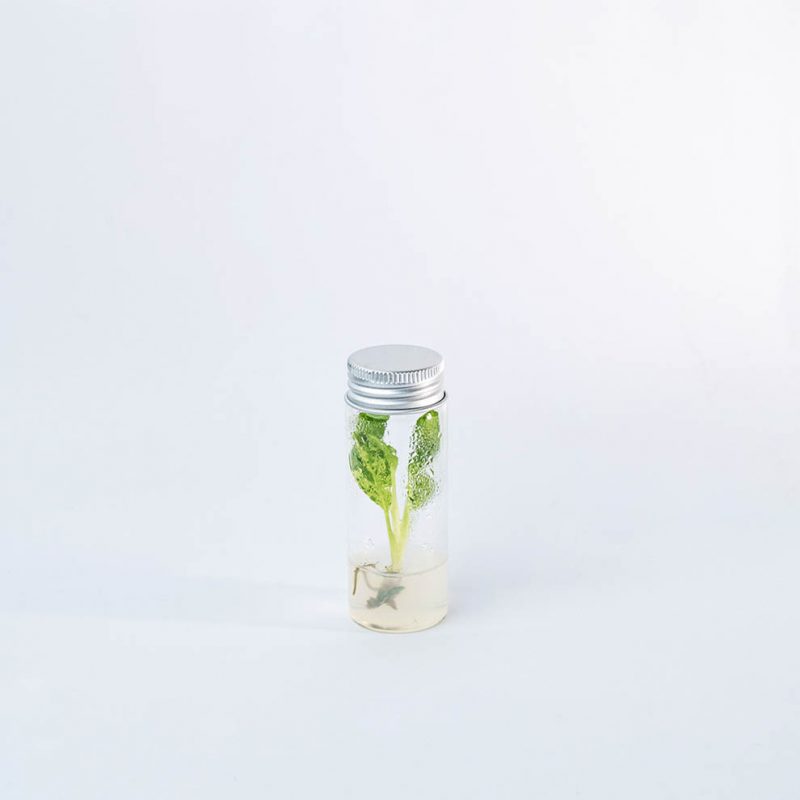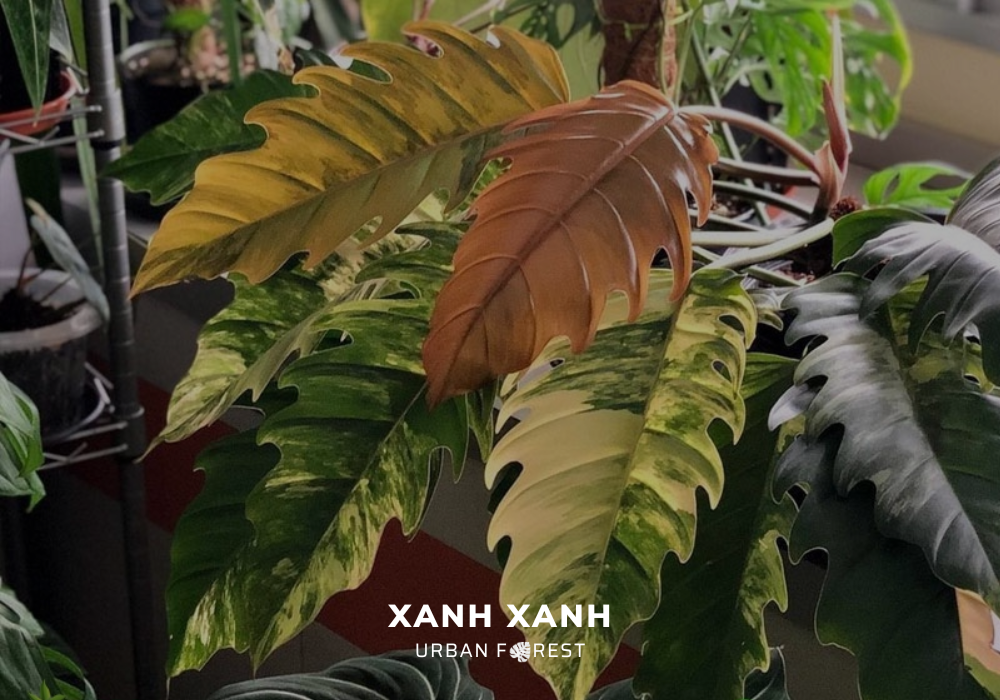Please leave your information to download quote and receive latest updates on products!
Philodendron White Wizard
Philodendron erubescens ‘White Wizard’ is a popular houseplant that requires little maintenance. It can adjust as long as it’s heated to all sorts of circumstances. This white-variegated leaf color gives the White Wizard its name.
Please keep in mind that all of the plants we sell are bare roots. Because of the extended lack of water following a long-distance trip, all Alocasia sp. leaves turn yellow and dry. Plant it in well-draining soil, such as a mixture of coir fiber and perlite, as long as there is no root rot. After some time, new healthy green leaves will emerge. Before placing any orders, Please read the terms and conditions carefully. Thank you very much!
Contact
The White Wizard is one of the most sought-after and scarce variegated Philodendrons.
Because these plants are only available in small quantities each year, purchasing one should be regarded as a privilege.
Despite their scarcity, they are actually quite easy to grow – they just grow slowly, which is a big part of why they are so difficult to find.
Feed philodendron houseplants with a macronutrient-rich liquid foliage houseplant fertilizer.
Water the plant with fertilizer once a month in the spring and summer, and once every six to eight weeks in the fall and winter.
Slow growth and small leaf size are signs that the plant isn’t getting enough fertilizer.
Pale new leaves are usually an indication that the plant isn’t getting enough calcium and magnesium, which are essential micronutrients for philodendrons.
Place the plant in a location that receives both direct and indirect sunlight.
Find a spot near a window where the sun’s rays will never touch the foliage.
While it is normal for older leaves to yellow, if several leaves yellow at the same time, the plant may be receiving too much light.
If the stems are long and leggy, with several inches between leaves, the plant is most likely not getting enough light.
Allow the top inch of soil to dry out between waterings when growing philodendron plants.
The length of your index finger to the first knuckle is about an inch, so inserting your finger into the soil to check the moisture level is a good way.
Droopy leaves can indicate that the plant is receiving too much or too little water.
However, when the watering schedule is corrected, the leaves recover quickly.
| Size | Baby plant, Mature, Tissue-cultured |
|---|
Related Blog

